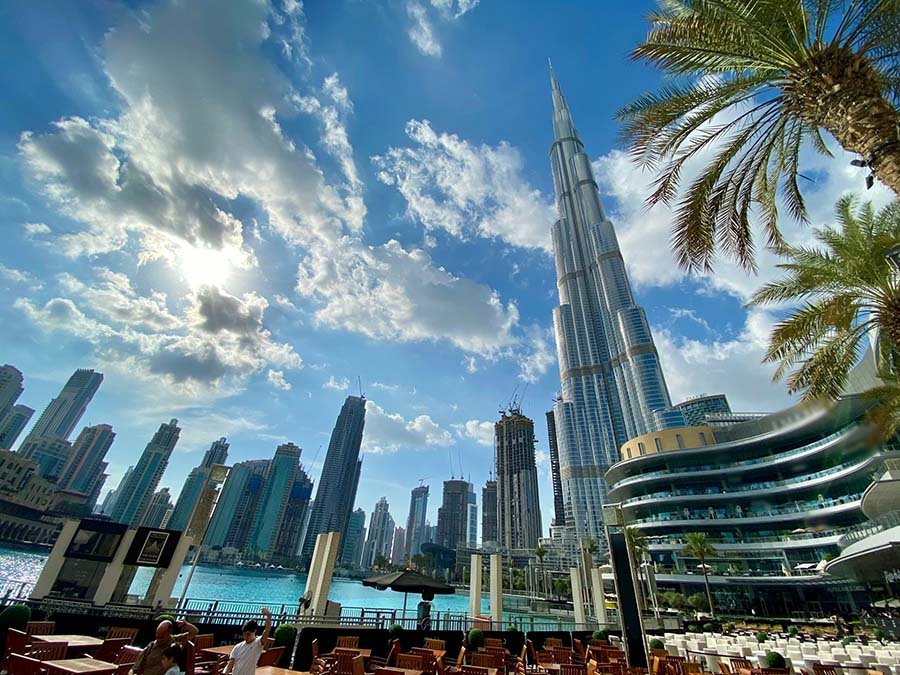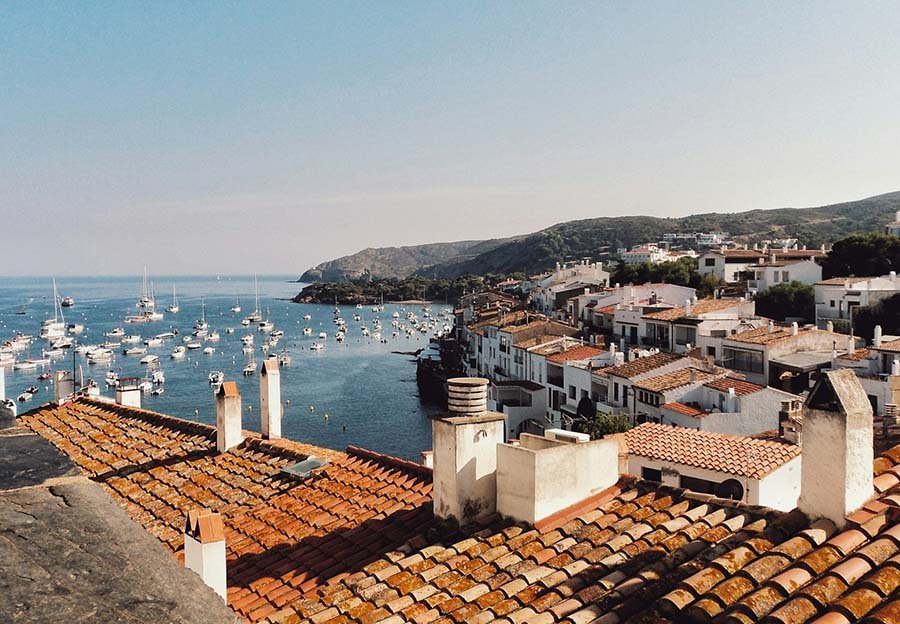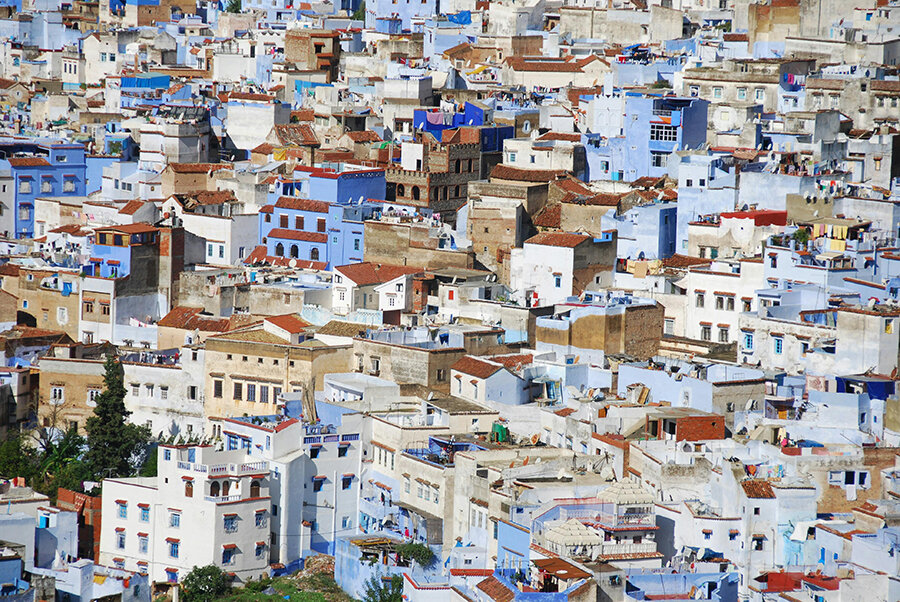читайте также
 Inflation in Turkey: Housing and Food Drive Price Pressures
Inflation in Turkey: Housing and Food Drive Price Pressures
 Dubai Real Estate Outlook: Moody’s Warns of Price Correction from 2026
Dubai Real Estate Outlook: Moody’s Warns of Price Correction from 2026
 Tourism in Indonesia 2025: Trends and Risks
Tourism in Indonesia 2025: Trends and Risks
 Investor’s Notes: Spain – Where Renting is Harder and Risks Are Higher
Investor’s Notes: Spain – Where Renting is Harder and Risks Are Higher
 Geneva: Office Shortages and New Challenges for the Hotel Market
Geneva: Office Shortages and New Challenges for the Hotel Market
 Poland to Fully Close Border with Belarus
Poland to Fully Close Border with Belarus
What’s Happening in Morocco’s Real Estate Market?

Experts from Sands Of Wealth analyzed Morocco’s real estate market in collaboration with experienced investors and realtors operating in cities such as Casablanca, Marrakesh, and Rabat. The publication also includes data from the World Bank, OECD, and Baker McKenzie.
Urbanization
It is expected that real estate prices in Morocco will grow moderately due to urbanization and infrastructure improvements. The country is experiencing a significant shift toward urban living, with over 65% of the population now residing in municipalities. One of the main reasons for migration is the lack of employment opportunities in rural areas. High unemployment rates, particularly among youth and women, are driving many to move to cities where stable jobs are more accessible. Infrastructure development is also primarily concentrated in urban areas.
Despite efforts to modernize rural housing, it has not been enough to retain residents. The 2023 earthquake in the Haouz province exposed the vulnerability of rural communities, highlighting the need for more targeted investments. Realtors report declining interest in rural properties, which aligns with the ongoing depopulation of these regions. The lack of modern amenities and job opportunities remains the primary factor behind the decreasing demand. Young people are migrating to cities, leaving behind an aging population in rural areas. This trend is likely to continue, leading to further population declines and reduced interest in rural real estate.
Increase in Prices and Rental Rates
By 2030, an estimated 67.8% of the population will be living in cities, leading to a significant rise in rental demand, especially in Casablanca, Marrakesh, and Rabat. Meanwhile, the housing shortage reached 340,000 units in 2022 and continues to grow. Although new developments aim to address the deficit, rental prices are still expected to rise.
Property prices in Tangier are set to increase due to its strategic location and major infrastructure projects, such as the Mohammed VI Tangier Tech City, which is expected to create 100,000 jobs and attract foreign investment. Additionally, the expansion of the Tanger Med Port will stimulate economic activity and boost demand for real estate in surrounding areas.
Agadir is becoming a prime destination for retirees, particularly from Europe, due to its mild climate (20–30°C year-round). Since 2020, demand for secondary homes in Agadir has increased by 30%, while villa sales surged by 27.5% at the end of 2022.
Energy Efficiency and Senior Housing
With rising energy costs, the Moroccan government is offering tax incentives to developers who construct energy-efficient homes. Additionally, the real estate market is seeing a clear trend toward smaller, more affordable housing.
Experts predict that as life expectancy increases, so will the demand for senior-friendly housing. By 2050, one in four Moroccans will be over 60 years old, signaling a shift in housing needs.
As of September 2024, Morocco’s senior population is nearing 5 million, growing at 4.6% per year. This rising demographic necessitates improvements in infrastructure, particularly in residential areas that cater to their specific needs. Developers are recognizing this shift, with some already planning retirement-friendly residential complexes.
In cities like Marrakesh and Casablanca, there is growing interest in new projects tailored for elderly residents. These include single-story homes, easy access to medical services, and community centers. Demand for such properties is expected to grow as the population ages, making it a promising investment for those looking into Moroccan real estate.
Risks
Real estate values in coastal areas may suffer due to shoreline erosion and climate change. In recent years, Casablanca, Tangier, and Agadir have experienced **rising sea levels and frequent storms, leading to land flooding and property damage. On average, Morocco’s coastline is receding by 14 cm per year on the Mediterranean coast and 12 cm on the Atlantic coast. This instability makes coastal properties less attractive to buyers. Flooding and severe storms further exacerbate the issue.
Potential investors are also advised to be cautious with rural properties, especially those in remote areas. Demand for such locations is expected to decline as depopulation continues.
Bloomberg reports ongoing economic and political instability in Morocco. The country is experiencing strikes and protests, with unions accusing Prime Minister Akhannouch’s administration of failing to address food inflation and rising living costs while introducing a law allowing the imprisonment of striking workers.
Unions also demand the resumption of wage negotiations, which were put on hold for a year, and a review of pension reform measures. The current reform plan proposes raising the retirement age from 63 to 65 years, marking the second increase since 2016.
Akhannouch is facing growing criticism, including from members of his own coalition, who fear losing the 2026 parliamentary elections. Discontent largely stems from rising unemployment rates and the lack of progress in strategic projects, such as green hydrogen initiatives and broader economic development efforts.
Forecasts
The World Bank projects that Morocco’s economy will grow by 3.9% in 2025, compared to 2.9% in 2024. In its latest Global Economic Prospects report, published on January 16, 2025, the bank attributes the 2024 slowdown to a decline in agricultural output due to drought. While economic conditions are expected to improve, GDP is forecast to slow again in 2026 to 3.4%.
These projections assume better climate conditions, leading to increased agricultural production.
The Moroccan government forecasts economic growth of 4.6% in 2025, provided that cereal production reaches 70 million quintals, compared to 31.2 million quintals in the previous season.
Meanwhile, Bank Al-Maghrib expects cereal production to be around 50 million quintals, considering weather patterns since October 2024. In December 2024, the central bank governor, Abdellatif Jouahri, stated that projections are based on Morocco’s five-year average grain production.
The World Bank report also highlights water shortages as a significant issue for Morocco. Prolonged droughts could deplete water reserves, negatively impacting several key sectors of the economy.





